Gather around, fellow fish enthusiasts, because it’s time to deep dive and explore different styles of fishing. Since the dawn of time, humans have attempted to (with varying success) outsmart aquatic beings and have used different ways to do it.
Perhaps you’re one of those fish enthusiasts that has gotten tired of the same old fishing routine. And while casting a line for hours on end may be someone’s favorite pastime, you are getting kinda disappointed. But whether it’s the fact that you’re reeling in nothing or you’ve grown tired of the same old, you should dive into the unknown when it comes to trying out different methods. So, let’s talk about these methods and explore everything – from the rod and reel to unbelievable barehanded fish wrestling.
Why Try Fishing in the First Place?
Say, for example, that you’re feeling a little “fishy” lately… No worries, I know just the cure that can help anyone, even if you’re not in a fishy mood. Fishing has always been and always will be the ultimate way to combat the stresses everyday life brings. And not only that, it provides you with a way to connect and immerse yourself in nature. When you add the joy of reeling a big catch on top of that, you have a perfect combo!
You can also choose what to do with your catch – when you end up winning in the game of tug-of-war with a fish, you get to eat your opponent (whoopsie!) or release it. It’s all up to you. So without any further delay, I advise you to grab your rod, pack a cooler with snacks and refreshments, and head straight for the nearest body of water. But before you set yourself on the path of becoming the next biggest fisherman (or fisherwoman) on the block, let’s walk about various ways to fish.
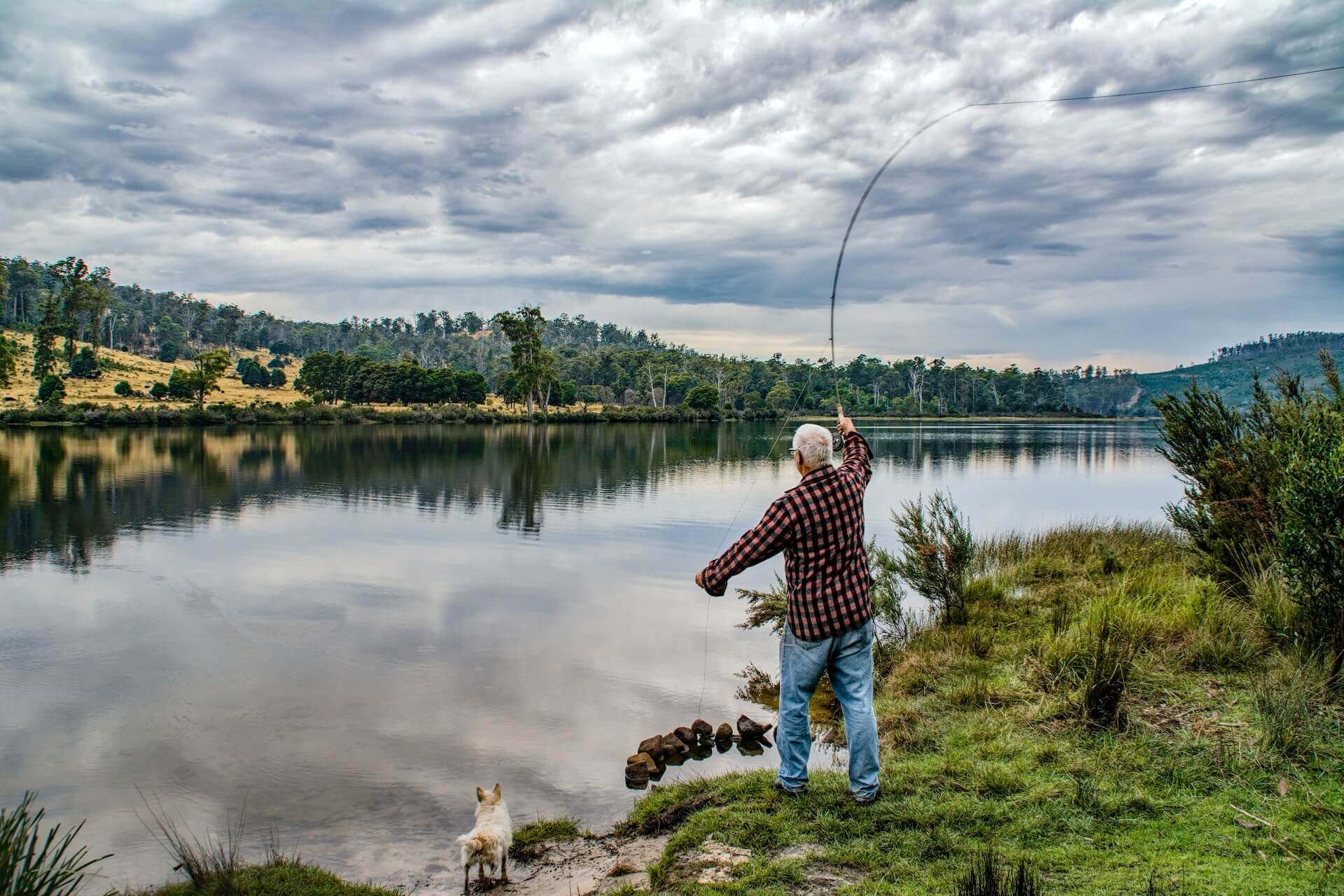
Let’s Start With the Traditional Styles of Fishing
Let’s be honest here – most of us had one idea about fishing when we were beginners, and it’s baitcasting, spinning, and fly fishing. If you are thinking about these same techniques, you’re not wrong – they are tried and true and have worked for so many fishermen for many decades. They are still among the most popular ways to catch fish, and for a good reason.
What’s Baitcasting?
You can’t go baitcasting without a baitcasting reel and rod. Those are the essential tools used to cast a lure or a bait into the water and catch some larger fishies (if you’re lucky, or masterful, or both). In all honesty, this style takes a bit to practice and master and requires a steady hand, quick reflexes, and a whole lot of patience.
But once you conquer the art of baitcasting, you’ll be reeling in big fish left and right like a pro. The next step would be to learn how to make a mean fish stew and impress everyone around you with your skills. Just keep in mind that this works best in freshwater environments, particularly in rivers and streams.
And What About Spinning?
No, it’s not a bonding moment between you and your aquatic game where you play You Spin Me Round (Like a Record), and the fishies dance around like in a Disney movie. Spinning is a technique where you use a spinning reel and rod to cast a lure or bait into the water. Although it doesn’t sound all that different compared to baitcasting, it’s much easier to learn, and what’s even better – it’s suitable for both freshwater and saltwater environments. However, it’s usually effective when targeting smaller fish or fishing in calmer waters.
Fly Fishing Is Not Done on the Fly
There’s no surprise here – fly fishing is performed (mind you) with a fly reel and rod to cast a lightweight artificial fly into the water. However, although it may sound simplistic, it requires a lot of skill and patience to get the hang of it, but once you grab your first big catch – it’s beyond thrilling. This style is mostly in freshwater environments such as streams and rivers.
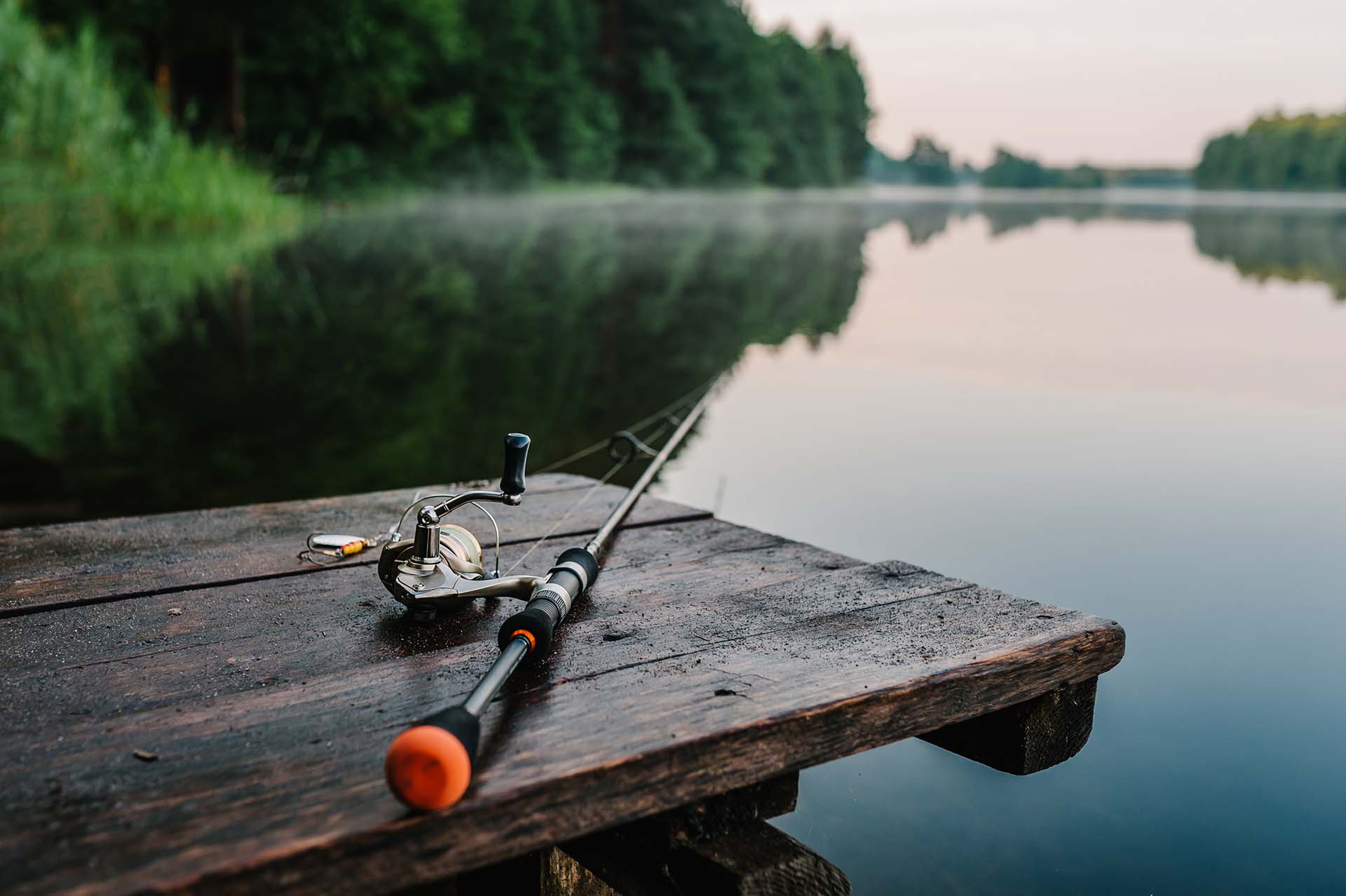
Pros and Cons of Traditional Styles
Each of these traditional fishing techniques has its own unique advantages and disadvantages. The table below offers a comparison of each style and its pros and cons.
| Style of fishing | Pros | Cons |
|---|---|---|
| Baitcasting | Best for catching larger fish such as bass, pike, and musky.Offers greater accuracy and distance when casting so it's like a sniper technique. Sorta. Enables anglers to fish in heavy cover and around structures where those darn fish may be hiding. | Requires more skill and practice to use effectively.Can be difficult to master, especially if you're just starting.More expensive than other fishing styles, as quality baitcasting gear can be mighty costly. |
| Spinning | Easy to learn and use, basically - great for beginners.Versatile and suitable for both freshwater and saltwater fishing (no fish is safe!).Can be used to catch a wide variety of fish, both small and large. | Less accurate and less powerful than baitcasting, so you're a bit limited.Want to go fishing in heavy cover or around the structure? Not ideal.Not as effective for larger fish. |
| Fly fishing | Allows anglers to be mighty successful in difficult areas (shallow streams, slow-moving rivers).It's challenging but also immeasurably rewarding.Provides a super-peaceful and more immersive fishing experience. | It's really, really (and I mean really) difficult to master.Requires specialized gear, such as fly rods and reels, which can be heavy on the budget.You'll be limited to freshwater fish and it won't be as efficient for catching larger ones. |
There Are Unconventional Fishing Styles, Too
Okay, I’ve covered tradition, and now it’s time to discuss some unconventional ways (perhaps even wacky to some of you) in which you can catch your aquatic game. From sticking your bare hand into a catfish hole to shooting fish with a bow and arrow, there are plenty of unconventional fishing styles to choose from.
If you’ve ever felt the need to feel tougher, you should try one of these styles and decide whether they suit you. So, mixing things up and trying out something new might be just what you need, because the fish won’t even know what hit them.
Noodling (You Won’t Need Any Noodles)
Are you up for a unique and quite thrilling experience? No, it doesn’t involve naked fishing (although no one can stop you from baring your behind while you’re by the water). Noodling or hand-fishing involves sticking your bare hand into a catfish hole and waiting for the fish to latch onto your fingers. It does take some courage (I admit) and strength to pull it off because catfish can be pretty strong and large. However, keep in mind that many noodling enthusiasts swear by this method, and who are we to object?
Bowfishing (Yep, You’ve Read It Right)
If the thought of combining hunting and fishing excites you, you should grab a bow and arrow and try some bowfishing – shooting the fish in the water. However unconventional it sounds, this style is usually used to target invasive species or the kinds of fish that are usually difficult to catch with more traditional methods. However, this style definitely requires quite a bit of skill and practice, but it’s really fun!
Ice Fishing (The Fish Will Be Out Cold)
Perhaps you’ll be out cold, too, if you don’t equip yourself with proper outdoor gear. Ice fishing is exactly what the name suggests – catching fish through a hole in the ice of a frozen lake or river. Besides your warm boots and a good winter jacket, you’ll need some other specialized equipment to pull this off. So equip yourself with an auger to drill the hole and an ice shelter to protect from the cold.
Spearfishing (Like a True Hunter of Old)
You’ve thought you’ve seen it all with the bow and arrow, but nuh-huh! You can also catch fish in a way ancient people have – with a spear. It’s been said that fishing with a spear is a technique dating back over 16,000 years ago, and it’s even mentioned in the Bible. However, modern times require modern solutions, and nowadays, you won’t have to wait for a fish while you’re on a boat and then jump into the water with a spear in hand (although it would look awesome). This style can be done either free-diving or with the use of scuba gear.
Location-Specific Fishing Styles
I’ve covered the traditional styles, and I’ve talked about different unconventional styles, too. But that’s not all when it comes to fishing. Fishing techniques also vary based on the location where you choose to cast the line. So, based on the specific environments you’re in, you can fish in these styles:
- Shore fishing – it involves fishing from the shoreline of a lake, river, or ocean. This technique is popular with anglers who don’t have access to a boat or who prefer to fish from land. It requires relatively basic equipment (I’m not saying you’re basic!), such as a fishing rod, reel, and bait or lures. The things you should pay attention to when you’re by the shore are the tide and the current.
- Pier fishing is similar to shore fishing, but it involves fishing from a pier or dock. This technique is popular in coastal areas where piers are common. Unlike the shore fishing style, you can access deeper water to find those aquatic beings that are in hiding. What to look out for? Other people are fishing next to you, too, so be aware and respectful.
- Deep-sea fishing – done from a boat in the open ocean, where the boat is equipped with specialized gear, such as outriggers and downriggers. It’s usually used to catch larger and more exotic fish, including marlin, tuna, and swordfish. Besides skill and the right equipment, deep-sea fishing also requires a good understanding of ocean currents and weather patterns.
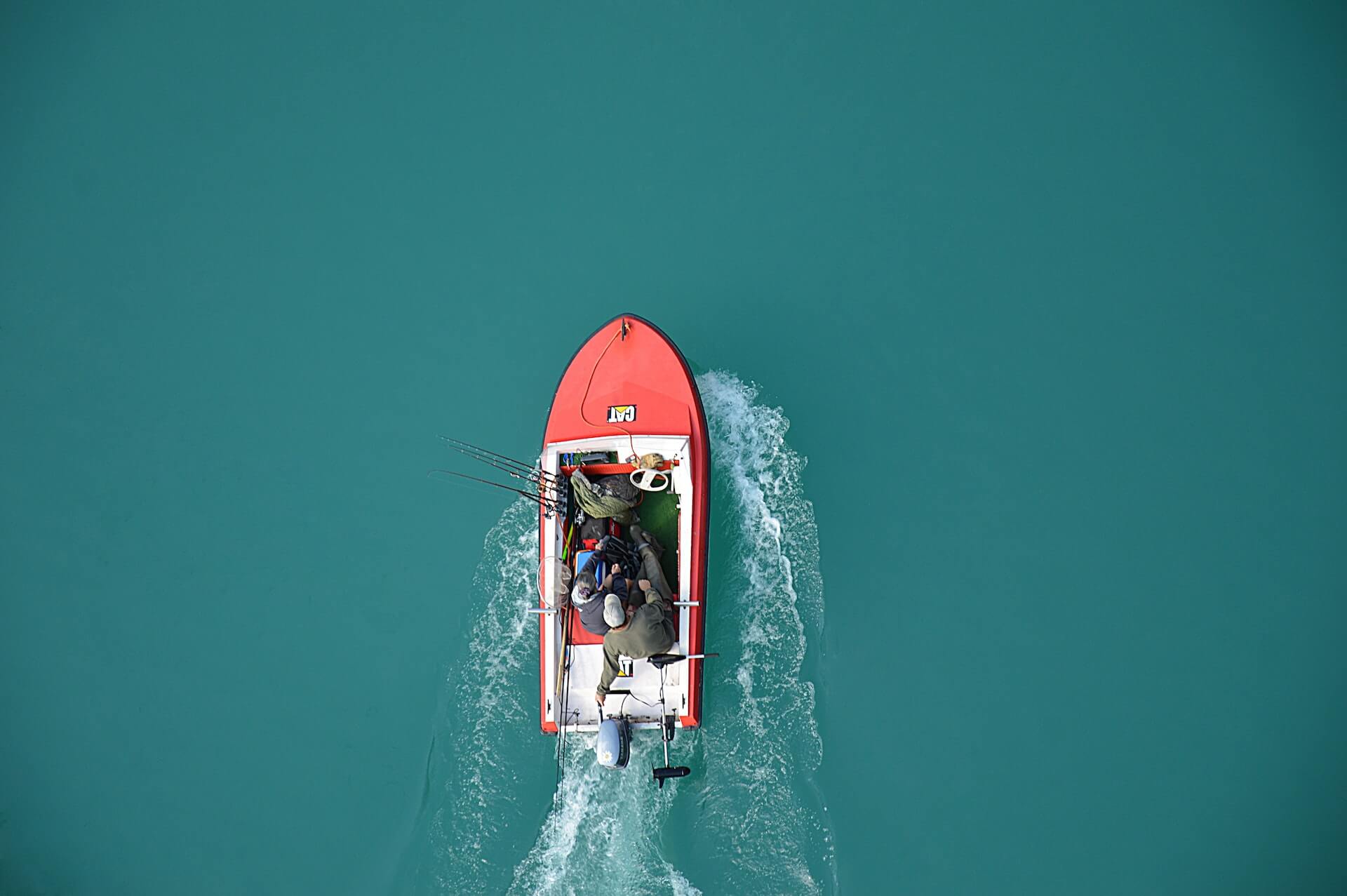
Nothing Says You’re Advanced Like Advanced Fishing Styles
In the end, let me mention some advanced fishing styles that are not for everybody, especially not beginners. They require a higher level of skill, specialized gear, and a lot of experience in casting the line. If you’re looking for a bit more challenge and adventure, I suggest trying out some of these styles.
Kayak Fishing Is for Well-Balanced Anglers
Perhaps you’ve already kayaked before, but have you ever considered kayak fishing? Although it sounds exciting, bear in mind that it requires a lot (and I mean A LOT) of skill and balance, as anglers must maneuver the kayak all while casting and reeling. However, it will allow you to reach unreachable areas.
Go Surfcasting in the Surf Zone
You won’t need a surfboard for this, but you’ll occupy the surf zone nonetheless. This style of fishing requires specialized gear, such as long surf rods and heavy sinkers, to cast the bait or lure far away into the water. It’s difficult to cast accurately when using this style, and it’s also hard to notice a bite. But it’s quite effective for catching larger fish.
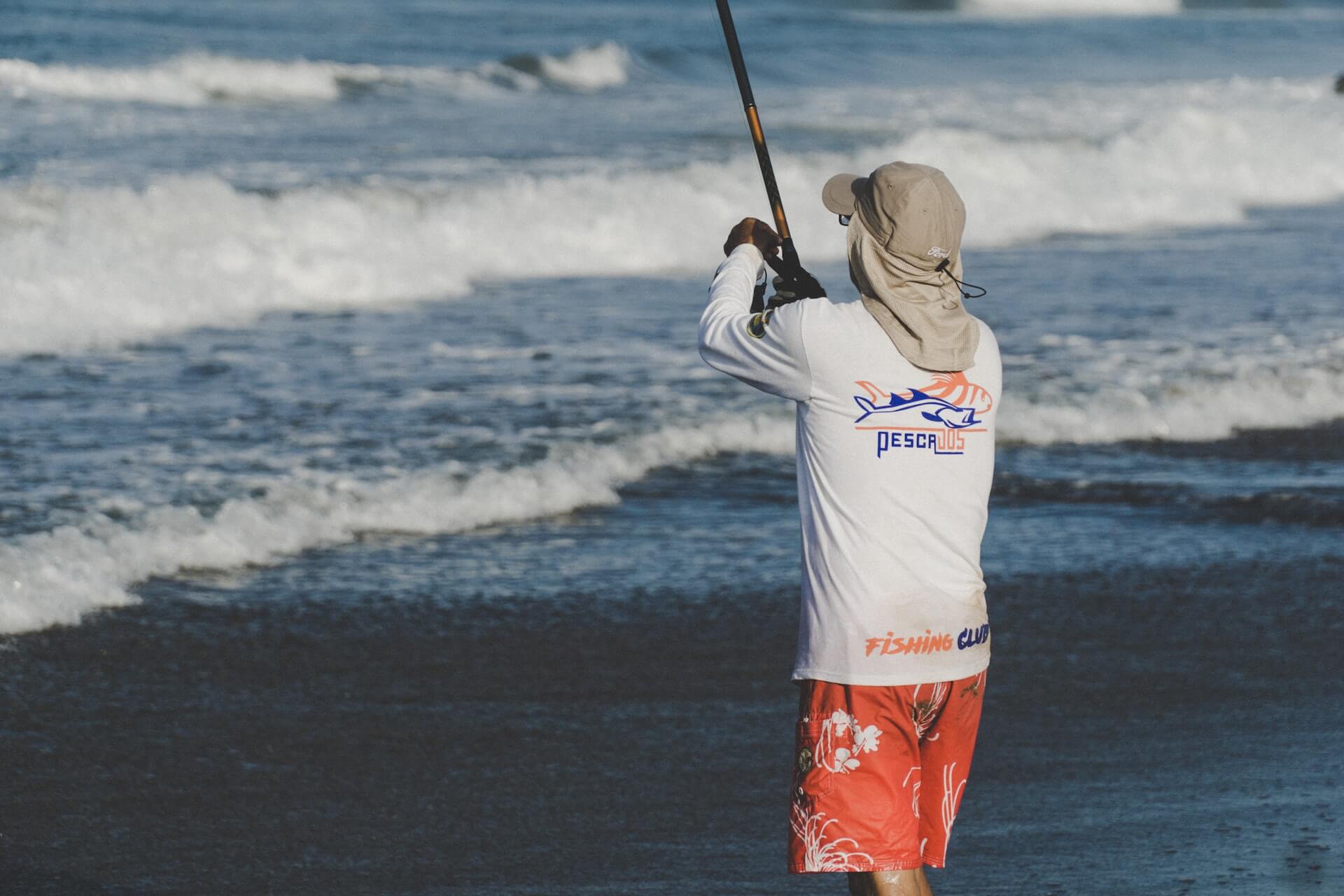
You’ll Need Some Tips for Choosing the Right Equipment
Choosing the right fishing equipment can make or break your fishing experience, and there are a lot of factors to consider. It’s like shopping for a new outfit – you need to consider the occasion, the weather, and your personal style. The right fishing equipment is key to having a successful and enjoyable fishing experience. Here are a few tips to help you select the right gear for your next fishing trip:
- Consider the type of fish you’ll be targeting,
- Think about the environment you’ll be fishing in,
- Determine your budget,
- Consider your skill level,
- And, above all – do your research.
In the end, choose wisely, as the right gear will improve your chances of success when on a fishing trip.
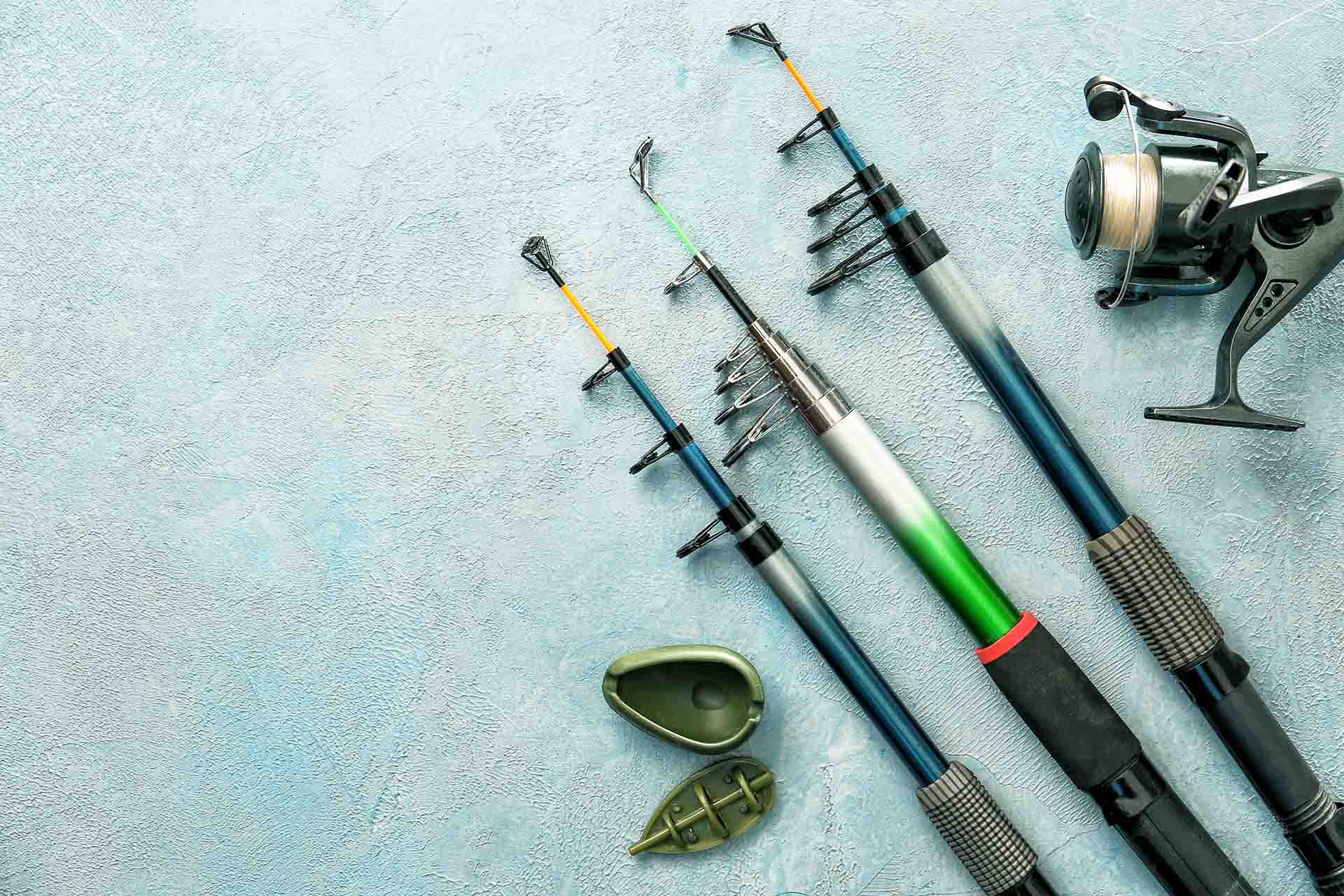
Grab Your Gear and Go Catch Your Fishy Surprise
Whether you prefer the classic techniques or the more unconventional styles, there’s no denying that fishing is a sport that offers adventure and excitement. From the thrill of reeling in a big catch to the peaceful solitude of being out on the water, fishing is a hobby that can be enjoyed by anyone. So, grab your gear and head out to the nearest body of water – you never know what kind of fishy surprises might be waiting for you.







